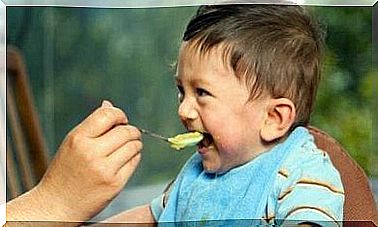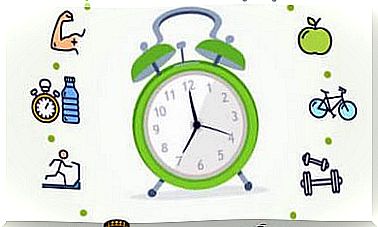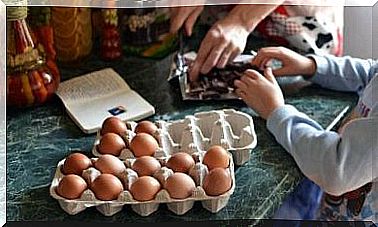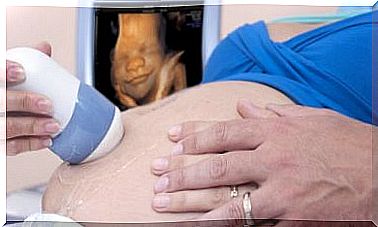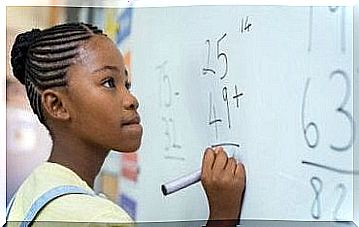Child Intelligence Assessment Test – Being Parents
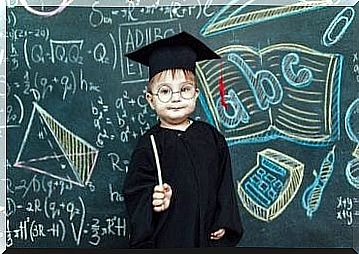
The intelligence quotient is a unit of measurement of the general cognitive abilities of people in relation to their age group. So, to assess the intelligence of children, it is necessary to use some kind of psychometric test. But that’s not enough. In addition, it is necessary to carry out an exhaustive observation and to have a personalized interview with the child in question.
Intelligence assessment test in children
TONI-2: non-verbal intelligence test
This is a test that is used to measure cognitive ability based on problem solving skills with abstract figures. Its application time is approximately 20 minutes, and it can be used on people aged 5 to 85 years.
It is ideal for assessing young children because language is not required and no great motor skills are required. In addition, there are two equivalent ways of performing the test, each comprising 55 items sorted by increasing difficulty. This allows periodic evaluations to be carried out and the results to be compared in an objective manner.
In this test, the person evaluated must identify, in each figurative matrix that is presented to him, the existing relationship between the abstract figures and look for the solution between the alternatives that are proposed to him, indicating the chosen answer.
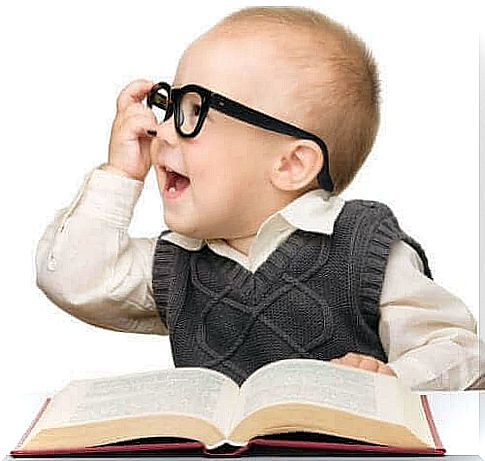
Thus, the examiner should give instructions by means of gestures or brief verbal cues, such as: “ Which of these drawings should go here? “. And the person must point to the corresponding empty space.
K-BIT: the Kaufman test
It is a quick application test. In fact, it only takes 15 to 30 minutes to pass it and it is easy to correct. This test can serve as support and guidance in measuring intellectual capacity.
The K-BIT aims to assess verbal and non-verbal intelligence in people aged 4 to 90 years. On the one hand, it measures verbal skills related to school learning, based on knowledge of words and the formation of verbal concepts.
On the other hand, it values non-verbal skills and the ability to solve new problems based on the subject’s ability to perceive relationships and complete analogies. Therefore, it consists of two different subtests:
- Vocabulary. With 45 elements of expressive vocabularies and 37 elements of definitions.
- Of matrices. With 48 non-verbal elements with figurative (people or objects) and abstract (geometric shapes or symbols) visual stimuli.
This psychometric test provides three types of intellectual coefficients:
- Verbal
- Non-verbal
- Compound: total performance of the test
WISC-V: The Wechsler Intelligence Scale for Children
The WISC-V is used to measure the general thinking and thinking skills of children and young people aged 6 to 16. This test is based on a global intelligence approach made up of 10 main tests and 5 additional tests. They allow the assessment of the different abilities and skills that contribute to obtaining a total intelligence quotient.
It therefore has six main scores:
- Verbal comprehension. It is measured by activities that require listening to questions and providing oral answers (similarity test and vocabulary test).
- Visuo-spatial. It is achieved with activities that require special attention to detail and visuo-motor integration (visual cubes and puzzles).
- Fluid reasoning. It is assessed using tests that require the use of mental operations to cope with new tasks that cannot be performed automatically (matrices and scales).
- Working memory. It is assessed using activities that require learning and retaining information in memory while using the information learned to complete an activity (numbers and scope of drawings).
- Processing speed. Focuses on tasks that require quick examination of symbols and making decisions about them (keys and symbol search).
- Full scale. Total sum of scores on the 10 main tests. It defines the intellectual capacity of the child or the adolescent in relation to his age group and according to his general capacities of reflection and reasoning.

What is the best test for evaluating children?
For the assessment of intelligence in children, the most suitable test is the WISC-V, as it is the one that provides the most complete and specific information on intellectual abilities.
These tests provide a total intelligence quotient which can be classified, according to the normal distribution curve of the population, as:
- Very high: 130 or more
- Superior: 120-129
- Medium-high: 110-119
- Medium: 90-109
- Medium-low: 80-89
- Low: 70-79
- Very low: 69 or less
In addition, depending on this score, intellectual disabilities of different levels can be detected:
- Intellectual capacity limit: between 70 and 85
- Slight delay: between 50 and 69
- Moderate: between 35 and 49
- Severe: between 20 and 34
- Deep: less than 20
